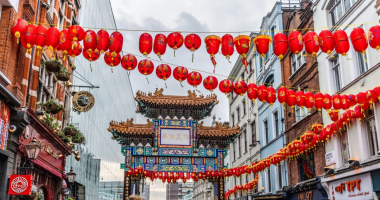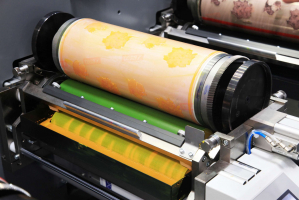Top 10 Largest Libraries In The World for Book Readers
For thousands of years, libraries have been among the world's most important centers of learning. Libraries have traditionally gathered huge collections of ... read more...books, government papers, and other media throughout history, and the libraries on this list currently contain some of the world's largest collections. We choose to organize this list by the size of the library's collections rather than the size of the library's structure. These are the ten largest libraries in the world for book readers as of this writing, and their collections are growing all the time.
-
The George Peabody Library is a Johns Hopkins University library that specializes in 19th-century research. It is located on the Peabody Institute of Music site at West Mount Vernon Place in the Mount Vernon-Belvedere historic cultural neighborhood north of downtown Baltimore, Maryland, and was once the Peabody Institute of Music Library in the City of Baltimore. The materials are open to the public, as was the goal of Baltimore merchant and philanthropist George Peabody, who wanted to build a library "for the free use of all persons who want to peruse it."
The primary collection covers a wide range of topics but is heavily weighted toward the nineteenth century, in keeping with Peabody's wish for it to be "fully stocked in every area of knowledge and of the most approved literature." Religion, British art, architecture, topography, and history; American history, biography, and literature; Romance languages and literature; history of science; and geography, exploration, and travel are among the library's 300,000 volumes. First editions of Poe, Hawthorne, Melville, and H. L. Mencken, Diderot's 28-volume Encyclopédie, and early editions of Don Quixote, Maryland and Baltimore maps, natural history folios, the first edition of Darwin's Origin of Species, and fore-edge books are among the highlights of the collection.
Location: 17 E. Mount Vernon PlaceBaltimore, Maryland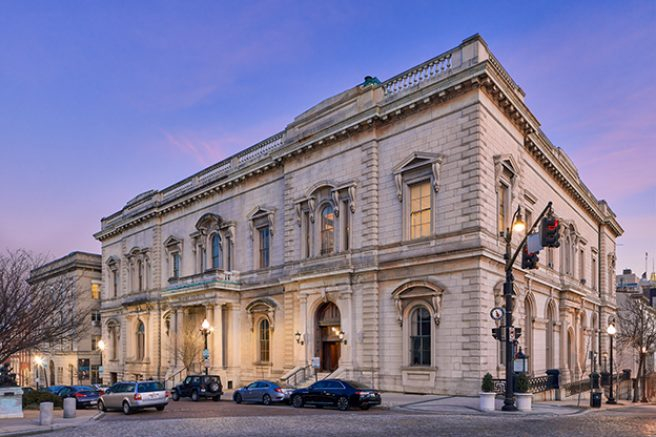
Photo: grunley 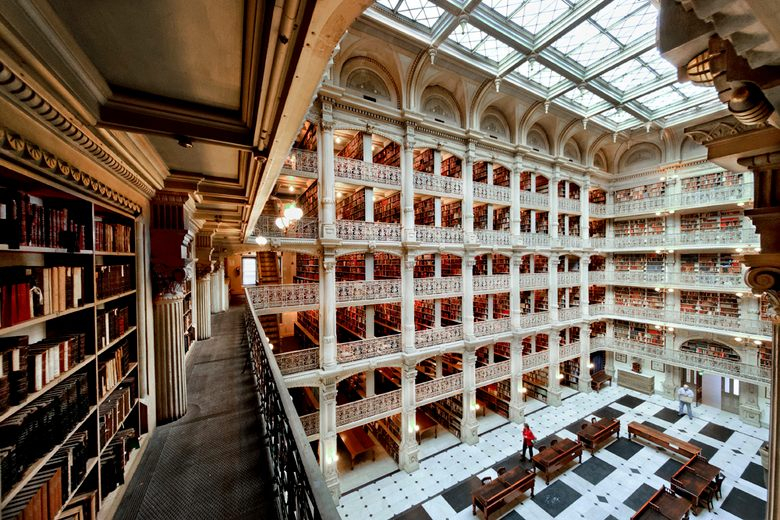
Photo: atlasobscura -
The National Library of China is the People's Republic of China's national library and one of the largest libraries in the world for book readers. As of December 2020, it has approximately 41 million pieces. It is home to the world's biggest collection of Chinese literature and historical records. The Ministry of Culture and Tourism sponsors the National Library, which is a public benefit institution.
Since the Southern Song Dynasty, the National Library has inherited royal collections, as well as private collections from the Ming and Qing dynasties. The oldest collections date back over 3,000 years to the oracle bones of the Yin Ruins.
The National Library is a large research and public library with collections in 123 languages and a variety of print and digital formats, including books, manuscripts, journals, newspapers, magazines, sound and music recordings, videos, play scripts, patents, databases, maps, stamps, prints, and drawings. The collection now has about 41 million books and is growing at a rate of one million volumes each year as of December 2020. The overall volume of digital materials surpasses 1000TB, with an annual growth rate of 100TB.
The Imperial Peking Library was established in 1909 by the Qing administration as the National Library of China. It was renamed the National Library of China in 1999 after multiple name changes and administrative modifications. The South Complex, the North Complex, the Children's Hall, the Ancient Book Hall, and seventeen deployed research libraries to central government agencies and the Academy of Military Sciences now make up the National Library.Location: Beijing, China
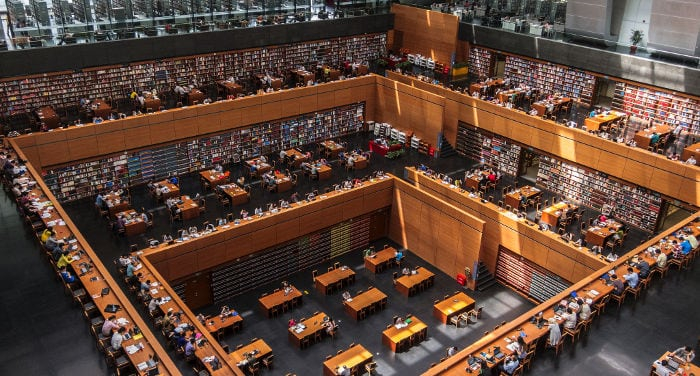
Photo: saporedicina 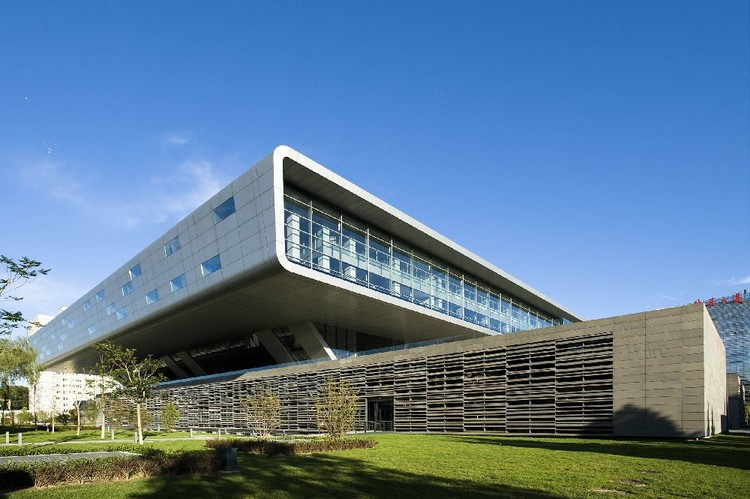
Photo: archdaily -
Trinity College and the University of Dublin are served by the Trinity College Dublin Library. It's a legal deposit or "copyright library" where Irish publishers are required to deposit a free copy of all their works.
It is Ireland's only library with such rights to works published in the United Kingdom. The Brian Boru harp, a national emblem of Ireland, a copy of the Irish Republic's 1916 Proclamation, and the Book of Kells is all permanently housed at the Library. At any given time, one of the four volumes of the Book of Kells is on public display. The volumes and pages on display are rotated on a regular basis; in 2020, a new display case will be constructed that will allow all pages to be seen, including those that have not been seen in public for decades. Members of the University of Dublin can also use the libraries of Tallaght University Hospital and Milltown's Irish School of Ecumenics.
The Long Room, the Old Library's 65-metre-long (213-foot) main room, was erected between 1712 and 1732 and houses 200,000 of the Library's oldest books. The Long Room had a flat ceiling at first, with only lower-level shelves for books and an open gallery. The room had to be expanded by the 1850s because the shelves had become overflowing due to the Library's authorization to get a free copy of every book produced in Ireland and Britain. The Long Room's roof was elevated in 1860 to provide room for an upper gallery. Marble busts decorate the walls of the Long Room. The institution acquired 14 busts by sculptor Peter Scheemakers, resulting in the marble bust collection. Many of the busts depict notable philosophers, writers, and college supporters. The most notable bust in the collection is Louis François Roubiliac's portrait of author Jonathan Swift.
LocationCollege Street, Dublin 2, Ireland
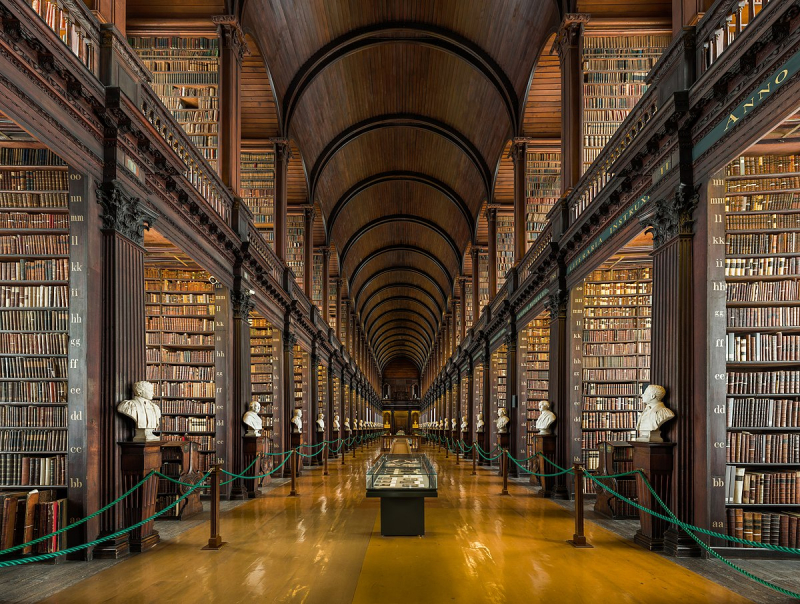
Photo: wikipedia 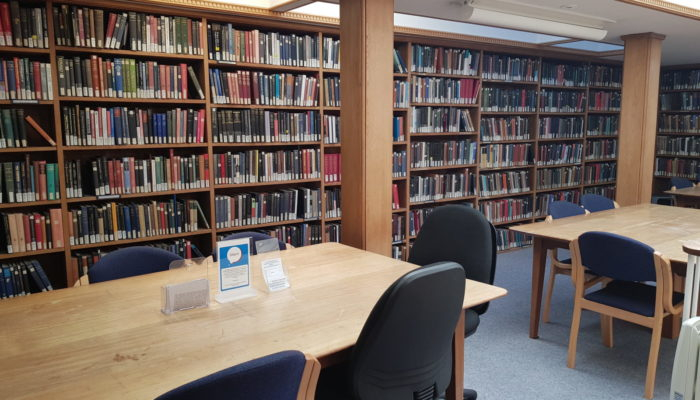
Photo: trin.cam.ac.uk -
Real Gabinete Português de Leitura is a library and lusophone cultural institution in Rio de Janeiro, Brazil, located at Lus de Cames Street, number 30. The State Institute of Cultural Heritage has it on its list. Time magazine named the Cabinet the fourth most beautiful library in the world, and it has the largest collection of Portuguese literature outside of Portugal.
In 1837, a group of Portuguese emigrants in Rio de Janeiro resolved to open a library in their new homeland. Their vision became a reality fifty years later when the Real Gabinete Português de Leitura (also known as the Royal Portuguese Reading Room) welcomed millions of visitors.
Outside of Portugal, Real Gabinete library holds the biggest collection of Portuguese works. Rare works include a copy of Os Lusadas of Cames (1572), the Ordinations of D. Manuel (1521), the Capitolos de Cortes and Leys (1539), Verdadeira informaçam das terras do Preste Joam, segundo vio e escreveo ho padre Francisco Alvarez (1540), a manuscript of Machado de Assis' comedy "Tu, só tu, puro amor"The Reading Room, now considered a Brazilian corner, displays its history on the walls both within and outside the library, with a front built of limestone imported from Lisbon.
Location: Rio de Janeiro, Brazil
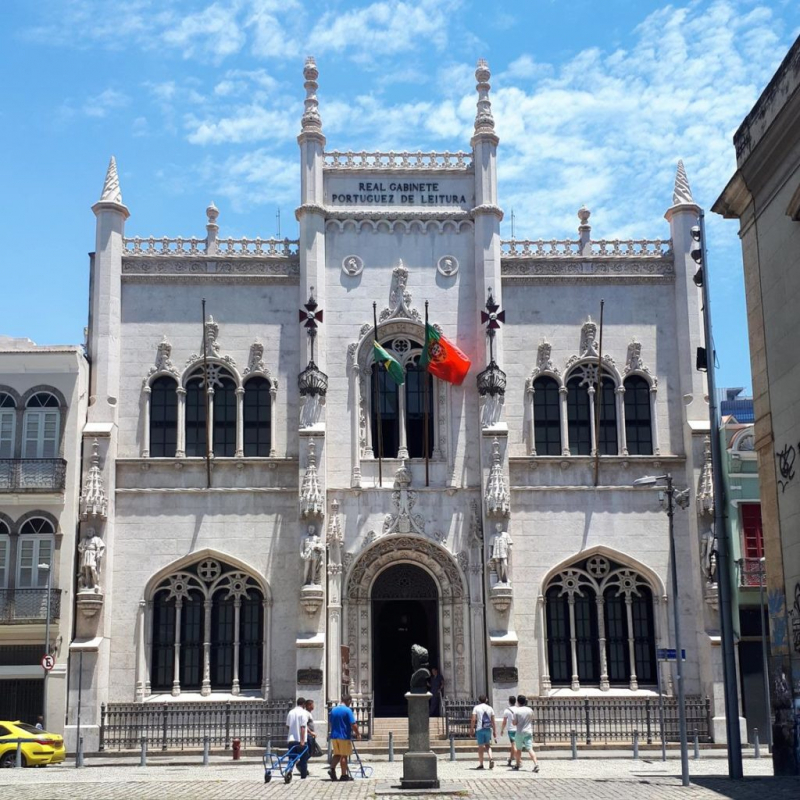
Photo: umaviagemdiferente 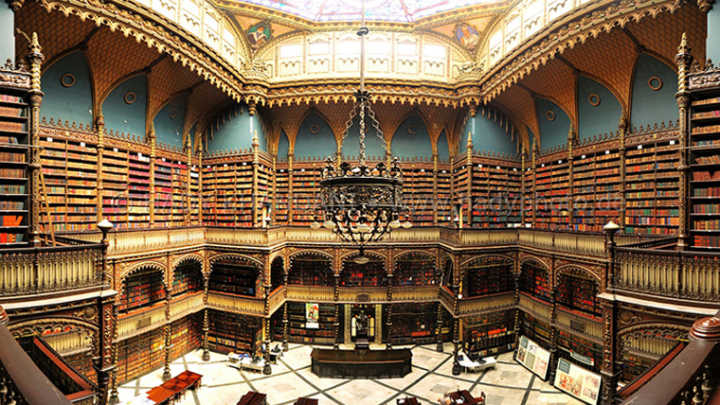
Photo: diariodorio -
The Stadtbibliothek Stuttgart (previously the Stadtbücherei Stuttgart) is Stuttgart's public library. It consists of the central library, 17 municipal district libraries, and two bookmobiles and is organized as a department of the city's cultural office. It won the national Library of the Year award in 2013.
Stuttgart's new library is a monolithic cube that houses all the city's ancient libraries in one structure. This structure is the result of Eun Young Yi's victory in an international competition in 1999. The structure, which is part of the Stuttgart 21 Masterplan, has become a new landmark for the city and the Europaviertel. The library's construction began in 2010 and finished on October 24, 2011. It cost around 80 million euros, including 4 million euros allocated to the interior spaces. Every year, about 2 million people visit the library.
In stark contrast to the cobalt hues on the outside, the library's interior is almost totally white. The well-grazed rows of books and the callers to the library, however, don't appear clinical, giving this modern book bazaar a burst of color and energy.Location: Stuttgart, Germany
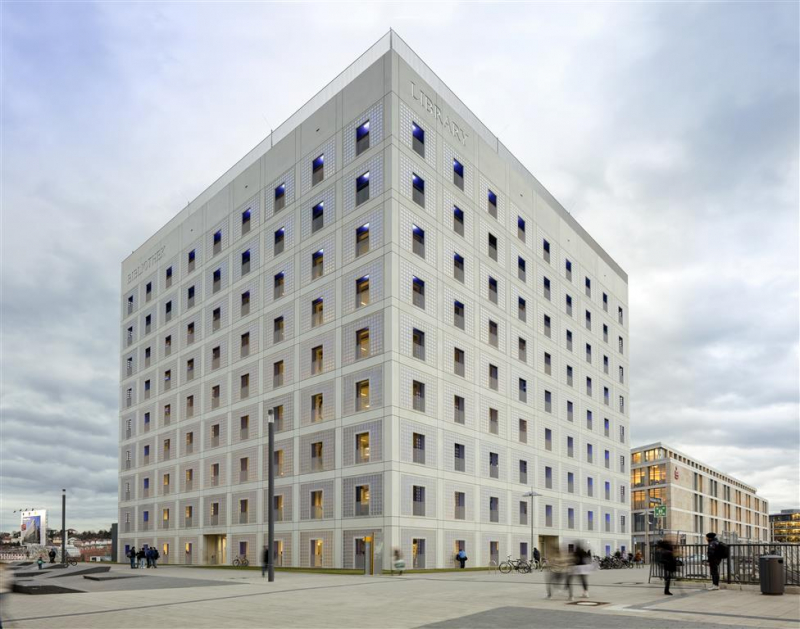
Photo: pinterest 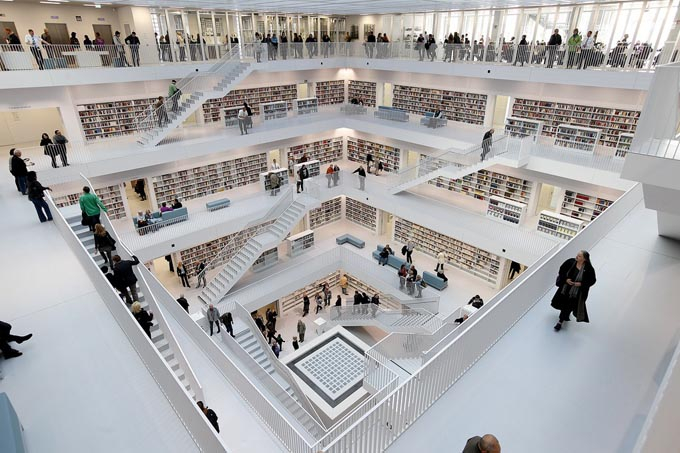
Photo: thecoolhunter -
The New York Public Library (NYPL) is the city's public library system. The New York Public Library is one of the largest libraries in the world for book readers, with about 53 million items and 92 locations. It is a private, non-profit, independently managed organization that receives both private and public funding. The library, formerly known as The New York Public Library, Astor, Lenox, and Tilden Foundations, was established in the nineteenth century as a result of a merger of grassroots and social libraries of bibliophiles and the wealthy, aided by the charity of the wealthiest Americans of the time.
The Bronx, Manhattan, and Staten Island branches of the library have ties with academic and professional libraries in the New York metropolitan area. The city's other two boroughs, Brooklyn and Queens, are served by their respective borough library systems, which are the Brooklyn Public Library and the Queens Public Library, respectively. The public can use the branch libraries, which are circulating libraries. Four research libraries are also open to the public at the New York Public Library.
Location: New York City, U.S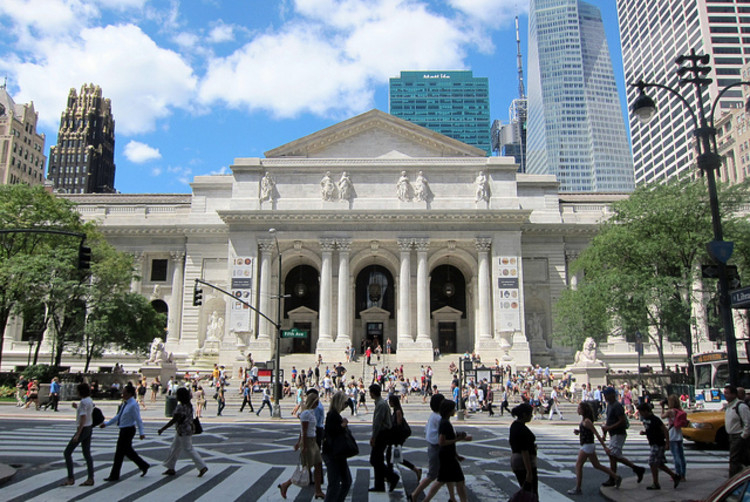
Photo: archdaily 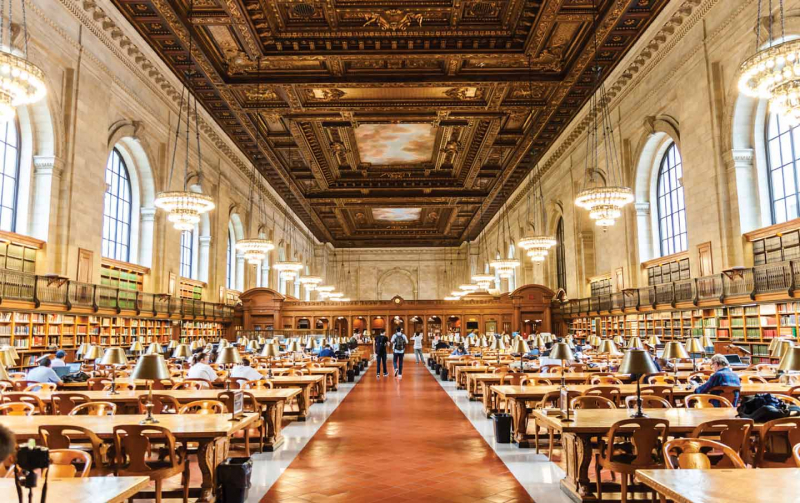
Photo: thenation -
The Boston Public Library was established in 1848 as a municipal public library system in Boston, Massachusetts, United States. The Boston Public Library is also the Commonwealth of Massachusetts' Library for the Commonwealth (previously the Library of Last Resort); all adult inhabitants of the Commonwealth have borrowing and research privileges, and the library gets state financing. The Boston Public Library, with approximately 24 million items, is one of the largest libraries in the world, after the federal Library of Congress and the privately endowed New York Public Library. In fiscal year 2014, the library hosted over 10,000 free public programs and lent 3.7 million volumes.
The library has several branches, the most important of which is the Central Library, which is located in Copley Square in Boston's Back Bay neighborhood and is divided into two structures: the McKim structure, which was built in 1895 and was inspired by the armature in Rome and Paris, and the Johnson structure, which is a more ultramodern addition.
Location: Boston, Massachusetts, U.S
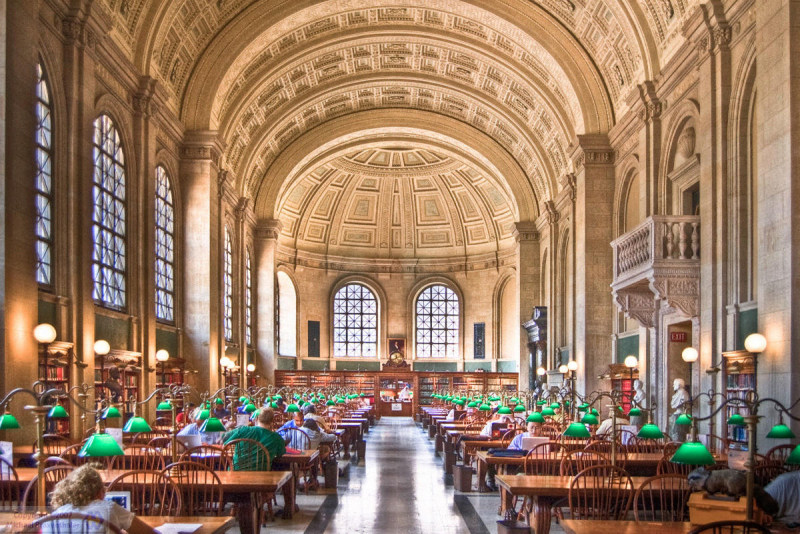
Photo: bostonusa 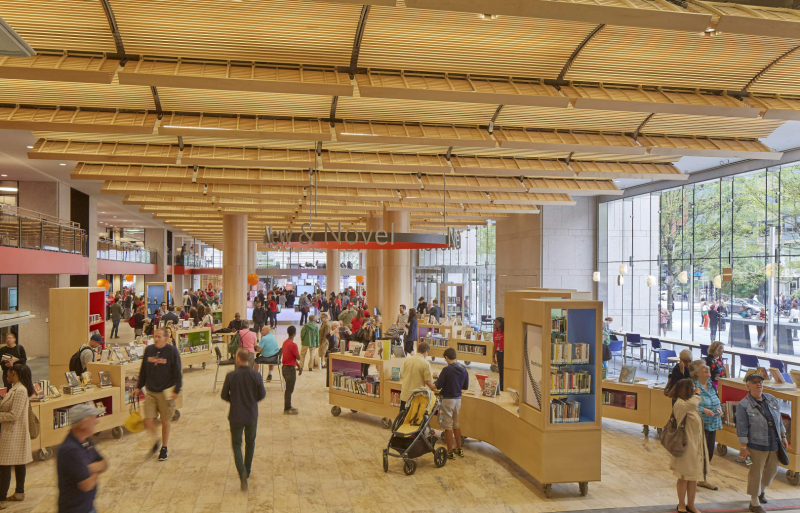
Photo: aia -
The Bibliotheca Alexandrina (Latin for "Library of Alexandria") is a large library and cultural institution in Alexandria, Egypt, located on the Mediterranean Sea's coast. It is a memorial to the Library of Alexandria, which was once one of the world's largest libraries, but was destroyed in antiquity. The notion of resurrecting the old library dates back to 1974, when Alexandria University formed a committee to choose a site for its new library. Construction began in 1995, and the facility was officially opened on October 16, 2002, following a $220 million investment. The Bibliothèque nationale de France gave the library a contribution of 500,000 books in 2010. (BnF).
The library has eight million books on its shelves, and the main reading room is 20,000 square meters (220,000 sq ft). A conference center, specialist libraries for maps, multimedia, the blind and visually impaired, young people, and children, four museums, four temporary art galleries, 15 permanent exhibitions, a planetarium, and a manuscript restoration laboratory are all located inside the complex.
Location: Alexandria, Egypt
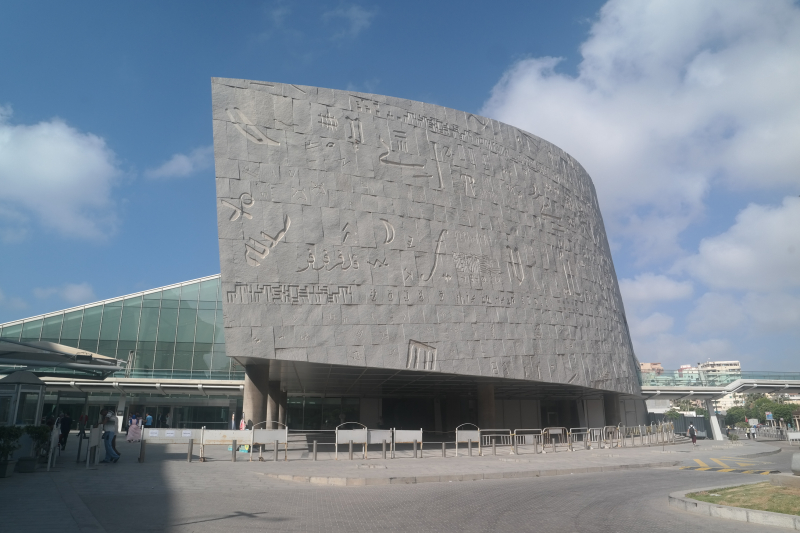
Photo: wikipedia 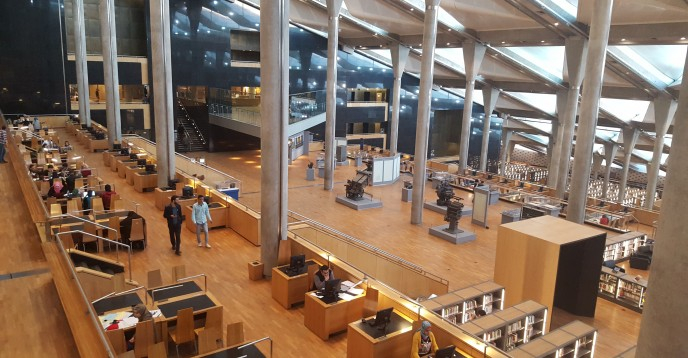
Photo: uil.unesco.org -
Public Library of Taipei Beitou Branch is a public library in Beitou Park, Taipei, Taiwan, in the Beitou District. It is the first green library in Taiwan. The library first opened its doors in November 2006.
Beitou Library contributes to environmental improvement by being energy and water efficient. The library is a timber structure with wide windows that conserve energy in many ways. The library was built with wood from managed forests rather than primary or rainforest forests. The intelligent design with large windows saves energy since natural light may substitute for indoor lighting, and ventilation lowers the need for fans and air conditioning.
The library's partial roof is covered in solar cells, which turn sunshine into power, and is insulated with 20 centimeters of dirt. Beitou Library also saves water by collecting rainwater and storing it for use in the library's restrooms. Beitou Library, thoughtfully developed with environmentally friendly elements, is a haven from the concrete jungle of Taipei City.
Beitou Library, which is entirely made of wood and has many green characteristics, is a great Taipei stop for its architectural uniqueness, as well as the over 20,000 English and Chinese literatures available for tourists to browse at their leisure.Location: Beitou, Taipei, Taiwan
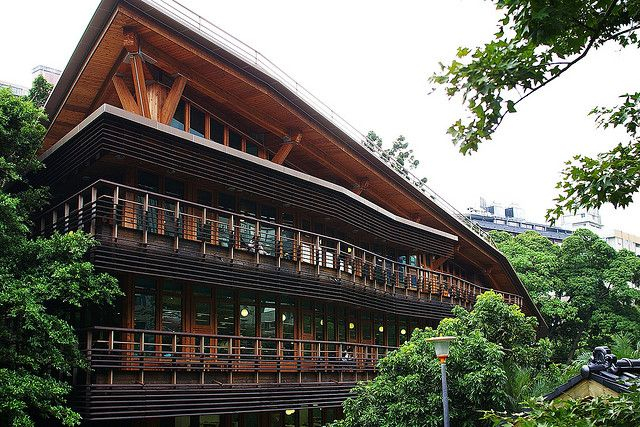
Photo: pinterest 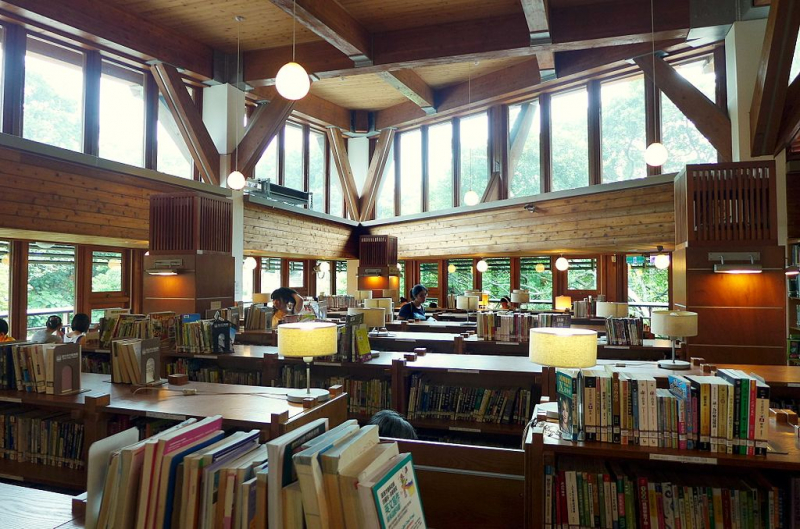
Photo: theculturetrip -
The Library of Congress (LC) is the de facto national library of the United States. It is a research library that serves the United States Congress. It is the country's oldest government cultural institution. The library has three locations on Capitol Hill in Washington, D.C., as well as a conservation center in Culpeper, Virginia. The Librarian of Congress is in charge of the library's operations, while the Architect of the Capitol is in charge of its buildings. The Library of Congress is one of the world's largest libraries. Its "collections are worldwide, encompassing study resources from all corners of the globe and in more than 470 languages."
The British burned most of the original collection during the War of 1812, prompting the library to undertake restoration operations in 1815. The library bought Thomas Jefferson's complete personal library of 6,487 books, and it gradually enlarged its collection over the years, despite another fire in the Capitol chambers in 1851. A huge portion of the collection was destroyed, including many of Jefferson's books.
The Congressional Research Service, which is part of the library's principal function, conducts research on congressional inquiries. The United States Copyright Office is also housed and overseen there. The library is open to the public for study, but only senior government officials and library personnel are permitted to check out books and materials.
Location: Washington, D.C., U.S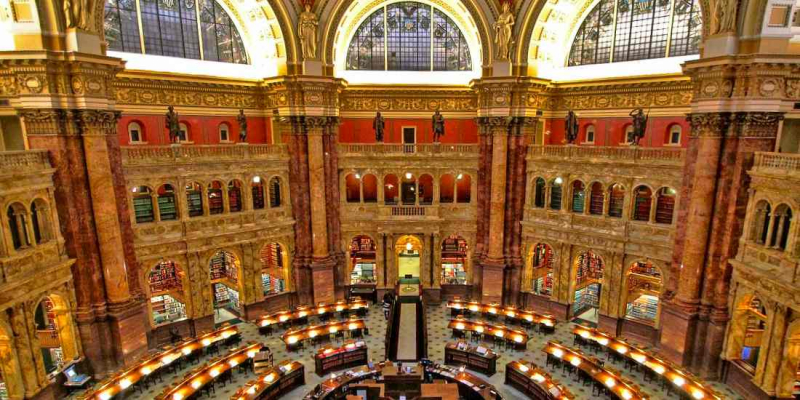
Photo; jboxers 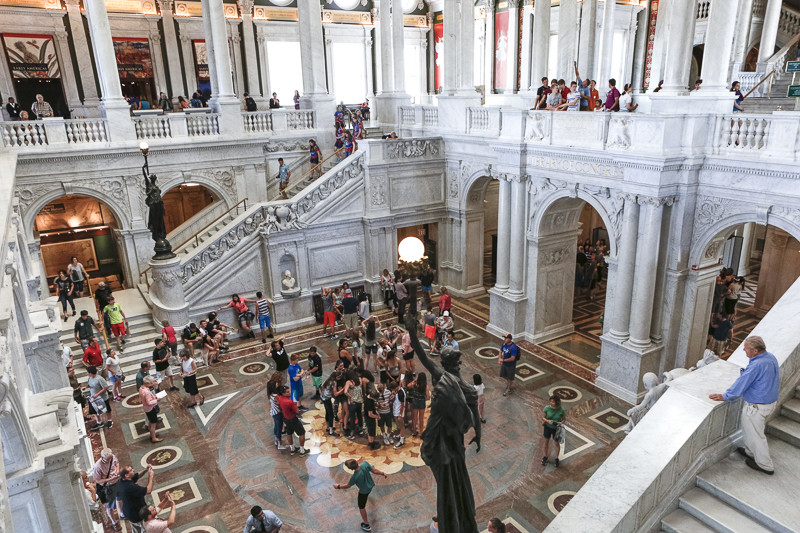
Photo: washington.org














